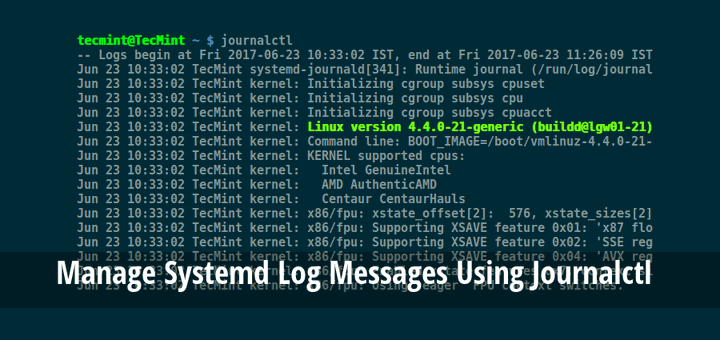Do not save any more data to the partition with the deleted file for any reason! To take advantage of the latest features and bug fixes, read the notes on compiling and using the program below. If the above options didn't recover your files, then you may try a program that searches for identifying patterns throughout the entire partition, like foremost, scalpel, or Photorec. If you would like to make a backup of your partition, you may do so by a command such as: Then, extundelete reads the corresponding data and copies it to a file in the recovery directory. When either of those commands successfully completes, you can now take the next steps leisurely - you will no longer make anything worse by waiting. 
| Uploader: | Vutilar |
| Date Added: | 10 April 2011 |
| File Size: | 35.73 Mb |
| Operating Systems: | Windows NT/2000/XP/2003/2003/7/8/10 MacOS 10/X |
| Downloads: | 35625 |
| Price: | Free* [*Free Regsitration Required] |
The generation of ext3grep's stage2 cache file depends on the size and speed of your hard drive's partition, with typical speeds close to one minute for every ext3ggep GB 30 s per GB, or 8 hours per TB. To take advantage of the latest features and bug fixes, read the notes on compiling and using the program below.
RPM resource ext3grep(x86-64)
If you were unable to recover your files using extundelete or debugfs, then you may try to recover your files with ext3grep or ext4magic. If you unmounted the partition before the file system got a chance to fully delete the files you are interested in, running debugfs may allow you to recover the files before the file system deletes them which it may do the next time the partition is mounted. Download extundelete from its sourceforge project rm.
The ext3 and ext4 file fxt3grep are the most common default file systems in Linux distributions like Mint, Mageia, or Ubuntu. To compile and install this program, you must first install the binary and development packages for e2fsprogs called libext2fs-devel on Mageia, or e2fslibs-dev on Ubuntu, r;m e2fsprogs-devel on Fedora.
There is no guarantee that any particular file will be able to be undeleted, so always try to have a rxt3grep backup system in place, or at least put one in place after recovering your files! If the above options didn't recover your files, then you may try a program that searches for identifying patterns throughout the entire partition, like foremost, scalpel, or Photorec.
Then, extundelete reads the corresponding data and copies it to a file in the recovery directory.
extundelete: An ext3 and ext4 file undeletion utility
If lsof ext3grepp find your file, then immediately remount the partition read-only: For brief descriptions of the various options the program understands, see the extundelete command-line options summary. Typical usage to restore all deleted files from a partition looks like this: If extundelete was unable to recover your files, then you may try to recover your files with debugfs, a tool included with the e2fsprogs package.
The command to restore that file is: Most people are able to recover their files by running one command from the terminal, as explained in the next section. Many background processes will periodically write to disk, so work quickly until the partition is unmounted.
The 'dump' and 'rdump' commands in debugfs may be useful to you for these purposes. If you think the file may be still open by some program for example, if it is a movie file rrpm being played by a movie playerand you know the filename, then first follow this procedure: If the deleted entry does not exist in the directory in the file system, extundelete will look for a match in older copies which are still in the journal. Doing ext3gre may overwrite your deleted data and sabotage any recovery effort.
It is normal for extundelete to appear to pause while taking up a lot of cpu cycles for a minute or longer; during this time, the program is reading the directory structure and looking for a recoverable file within it. Also note that the ext3grep link provides an example of edt3grep usage of ext3grep, which can help explain how to use extundelete to comprehensively search for an important deleted file, as both programs have many features in common.
When either of those commands successfully rp, you can now take the next steps leisurely - you will no longer make anything worse by waiting.

To restore important files quickly, you may use the --restore-file, --restore-files, or --restore-directory options. The latest version of extundelete is 0.
Do not save any more data to the partition with the deleted file for any reason! If you would like to make a backup of your partition, you may do so by a command such as: Binary packages are available for some distibutions, but may not have the latest version, which could contain improvements to make it more likely to recover a deleted file. The configure step ensures all the necessary programs to install and run extundelete have been installed.

Now is the time to run extundelete, which you may safely run on either the backup you may have made above or the rpk device, as long as it is not mounted or mounted read-only. It then uses that information to determine the file's location within the file system.
See the section above for details on how to use this program.

Comments
Post a Comment